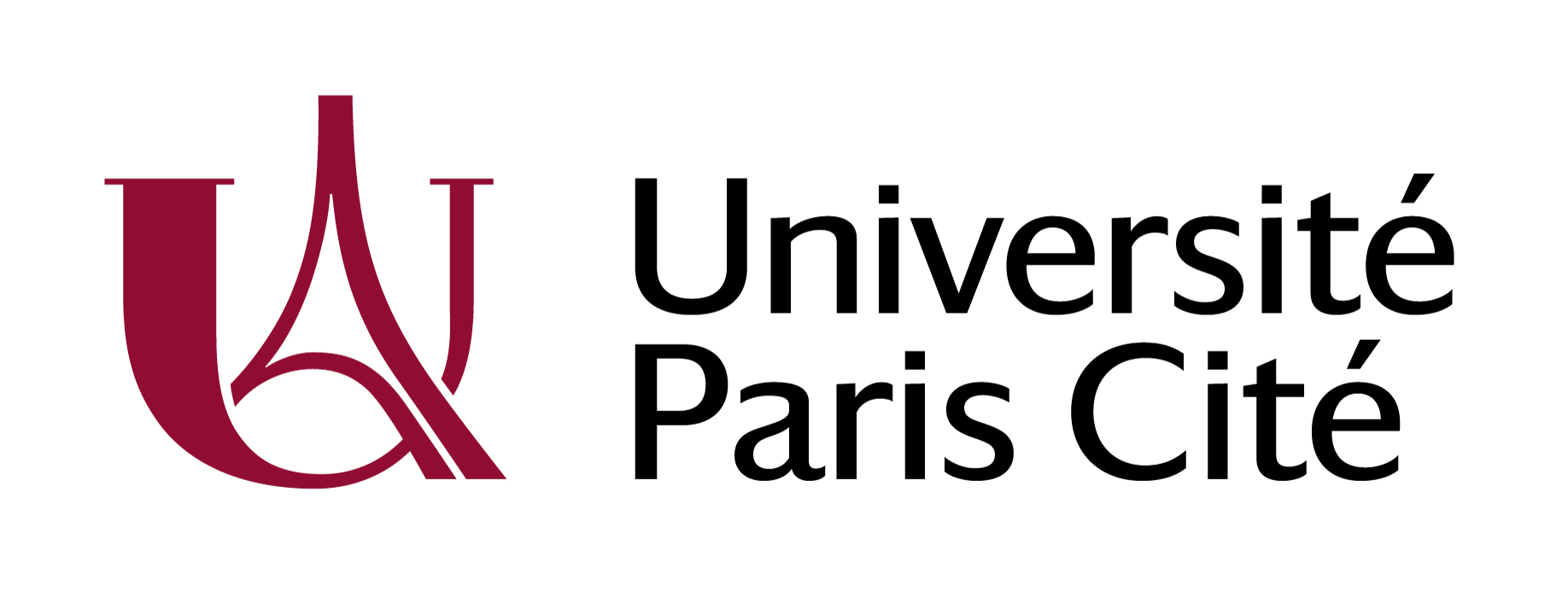Spatiotemporal chaos and extreme events
Extreme Events Prediction from Nonlocal Partial Information in a Spatiotemporally Chaotic Microcavity Laser
Phys. Rev. Lett. 130, 223801 (2023)
Alternation of Defects and Phase Turbulence Induces Extreme Events in an Extended Microcavity Laser
Entropy 20, 789 (2018)
Extreme events following bifurcation to spatiotemporal chaos in a spatially extended microcavity laser
Phys. Rev. A 95, 023816 (2017)
Spatiotemporal chaos induces extreme events in an extended microcavity laser
Phys. Rev. Lett.116, 013901 (2016)







